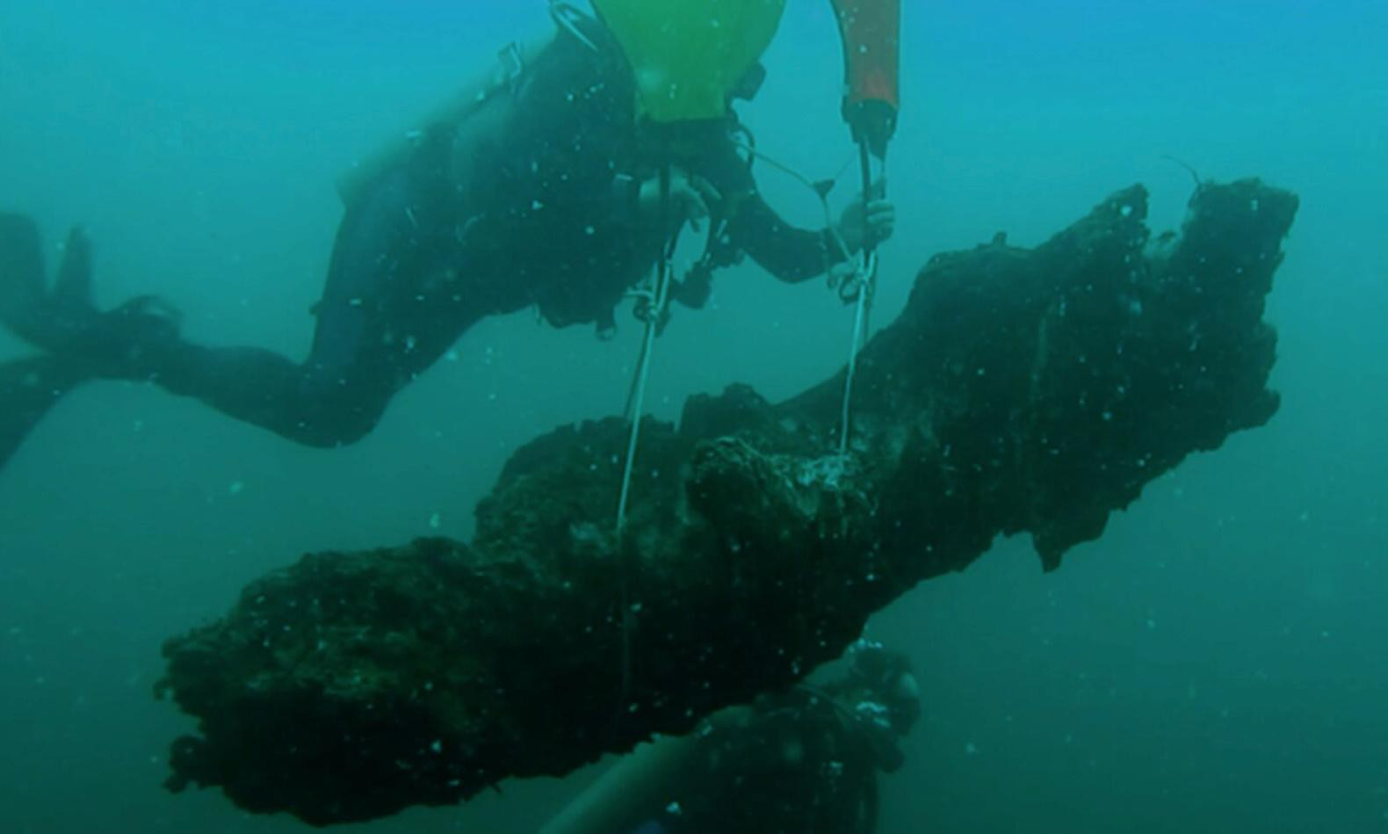hen divers jump into a particular stretch of water off the coast of Alabama, they travel back to a time before humans arrived in North America.
Submerged below the waters are the remains of a cypress tree forest that grew 60,000 years ago, but was inundated by the Gulf of Mexico and preserved from decomposition beneath sediment. Nothing like Alabama’s underwater forest, in terms of age or scale, has ever been found.
Now efforts are under way to protect the expanse of tree stumps from exploitation by designating the site a marine sanctuary – some firms have sought to salvage the wood for commercial use – and to see if the underwater forest harbors new compounds for medicine.
It took giant waves driven by Hurricane Ivan in 2004 to exhume the forest from its seafloor grave. In 2012, environmental journalist Ben Raines went in search of the arboreal seascape after he was tipped off by a savvy source in the local diving community.
One of Raines’s articles about “swimming with dinosaurs” caught the attention of Kristine DeLong, a paleoclimatologist at Louisiana State University (and an avid scuba diver herself). She immediately called asking if she could carbon date some samples from the site.
After sending samples out to a colleague for dating, she received an email saying the trees were – to her surprise – ‘radiocarbon dead’. “Essentially, that means they’re older than 50,000 years,” DeLong said. “We did it three times to make sure.” She then turned to a team of geologists who collected core samples from the seafloor and confirmed the results.
With that, Raines and DeLong formed a partnership to extract as much knowledge from the site as possible while also preserving it. “From a scientific perspective, it’s a goldmine of information that we just don’t have access to anywhere else,” Delong says. She has worked with a cadre of scientists – from dendrochronologists to geologists and marine biologists – using only non-invasive instruments to collect rare information on Ice Age-era climate, rainfall, insects and plants.
The forest’s bald cypress trunks are teeming with life, including shipworms – types of clams that like munching on wood so much they’re known as the “termite of the sea”. Researchers are collecting these and other marine creatures from the depths to study their chemical potential to produce life-saving medicines on the surface.
But the site is at risk from salvage companies seeking to dig up the ancient logs and sell them. According to DeLong, the army corps of engineers had received a permit request in 2020 from a furniture company seeking to salvage wood from the site.
With a wealth of potential information and research, it’s no wonder scientists have worked for years to stop the valuable 50,000-year-old wood from becoming high-end coffee tables. In October, a Republican representative from Alabama, Bradley Byrne, proposed the creation of a national marine sanctuary encompassing the ancient underwater forest.
“The underwater forest is another unique Alabama gem with global importance. As the only known site where a coastal ice age forest this old has been preserved in place, we must take action now to protect it,” Byrne said in a statement when he introduced the bill.
“This is a one of a kind natural wonder, like Yellowstone national park, or the Grand Canyon,” Raines told AL.com in October. “ It should be protected from exploitation and saved for the American public, just like those amazing sites on land.”
Under this designation, the sunken forest would stay open to tourists, fishermen and research groups, but it would be protected rom logging, peat harvesting and other disruptive activities. Though Congress didn’t pass the underwater forest bill before Byrne left office earlier this month, he told NBC he’s very hopeful the next Congress will.
With President-elect Joe Biden’s prioritization of environmental issues, and his nomination of public lands advocate Deb Haaland to lead the interior department, experts are hopeful about the forest’s prospects.
DeLong added that the forest hints at how the contours of our world are delicate and impermanent, giving us a glimpse into ancient climate change during a period in which they suspect sea levels may have been rising as quickly as eight feet every 100 years.
“As the climate continues to change, what’s today land could very well be ocean,” said DeLong. “I think it’s a really powerful message.”




